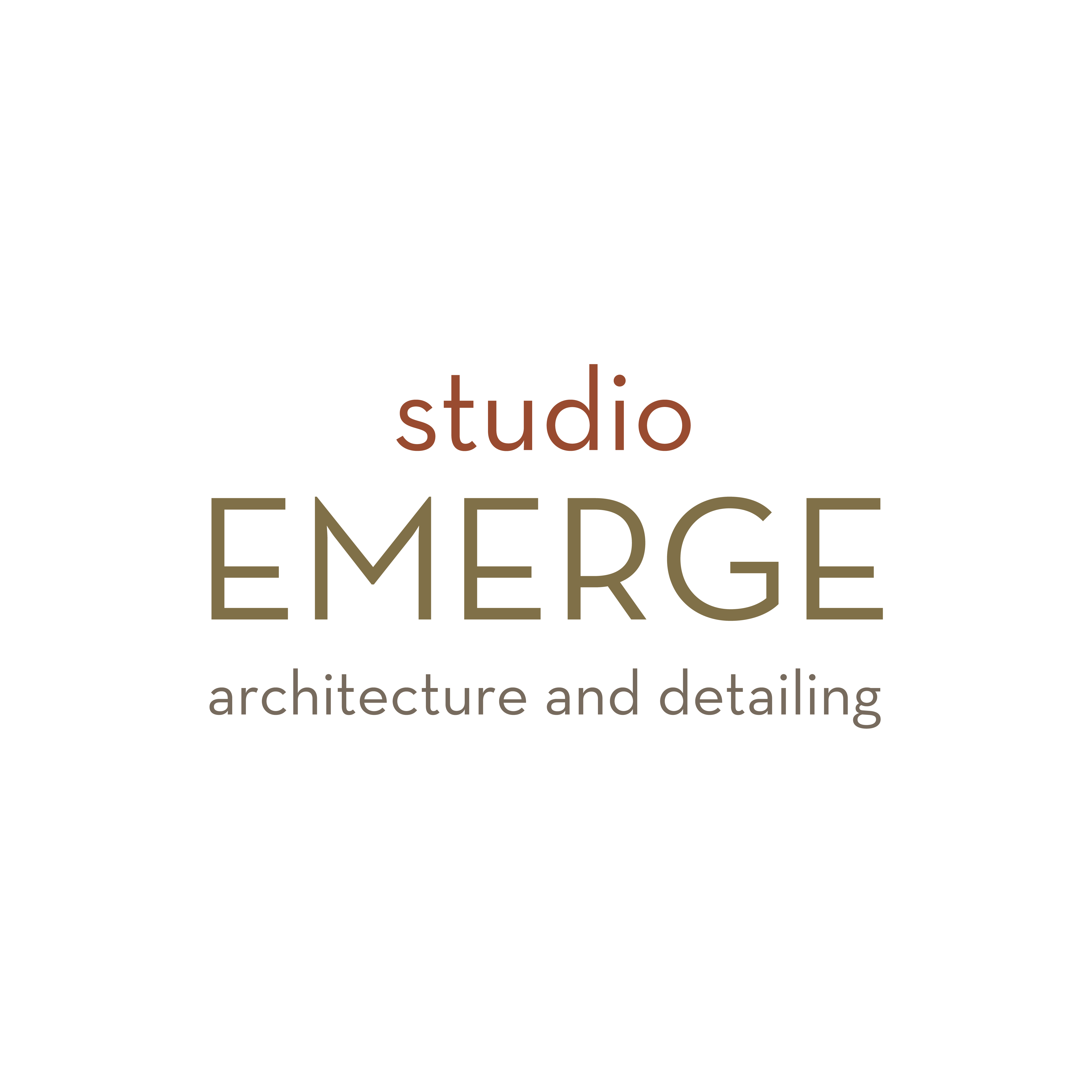In the evolving landscape of residential architecture, the ancient wisdom of Vaastu Shastra continues to influence modern constructions. It blends traditional practices with contemporary aesthetics to create spaces that are not only visually appealing but also enhance the well-being of their inhabitants. This comprehensive guide explores the relevance of Vaastu in contemporary home design, showcasing how modern aesthetics can be aligned with age-old principles to foster harmony and balance.
Introduction: Tracing the Roots of Vaastu Shastra
Vaastu Shastra, an ancient Indian science of architecture and energy, has been guiding the design and construction of buildings for thousands of years. Rooted in the Vedas, India's oldest sacred scriptures, Vaastu Shastra is not merely a set of architectural norms but a profound philosophy that integrates art, astronomy, astrology, and science. It prescribes principles for constructing buildings in harmony with the natural laws of the universe, ensuring that the living or working environments promote peace, prosperity, and health.
Despite the wave of modernization and the shift towards Western architectural styles, there has been a significant resurgence of interest in Vaastu principles in contemporary times. This revival is driven by a growing recognition of the benefits these age-old principles bring, not just in India but globally. Today, architects and designers blend Vaastu with modern architectural practices to create spaces that are both aesthetically pleasing and spiritually harmonious, catering to the renewed interest in sustainable and wellness-oriented living.
Understanding Vaastu Shastra in Modern Contexts
Vaastu Shastra, the traditional Indian science of architecture, holds that the design and layout of a building can affect the well-being of its occupants. This system uses the interplay of the five elements—earth, water, fire, air, and space—and aligns them with the cardinal directions to create balanced living environments that promote health, prosperity, and happiness.
Despite rapid modernization, the principles of Vaastu Shastra remain deeply ingrained in Indian culture, influencing not only residential but also commercial and spiritual architecture. Today, architects and designers are tasked with integrating these traditional principles into buildings that reflect modern design trends, ensuring that each structure not only meets contemporary aesthetic standards but also adheres to the age-old rules of spatial energy flow.
The Challenge of Integrating Vaastu with Modern Design
One of the primary challenges in modern architecture is balancing Vastu principles with the sleek, minimalist lines of contemporary design. While Vaastu emphasizes strategic orientation and specific dimensional ratios, modern architecture often prioritizes functionality and style. The key to successful integration lies in understanding the core objectives of Vaastu—harmonizing the elements and optimizing directional energies—while using modern materials and design concepts to creatively fulfil these ancient criteria.
Showcasing Studio EMERGE's Expertise
At Studio EMERGE, we specialize in incorporating Vaastu principles into modern home designs. We ensure that each project resonates with contemporary trends and aligns with the traditional science of architecture. Our projects illustrate the seamless integration of Vaastu within modern aesthetics, offering a fresh perspective on how traditional guidelines can be adapted to suit today's lifestyle.
Case Study: A Contemporary Vastu-Inspired Home
One notable example of Studio EMERGE's successful integration of Vaastu principles with modern design is a private residence for Navinder Agarwal in Coonoor. The project, which is set for completion in 2024, showcases how a modern architectural design can adhere to Vaastu guidelines while maintaining a contemporary aesthetic.
The home, with a height of 10 meters, is designed by Studio EMERGE to maximize the benefits of Vaastu. The design team carefully considered the orientation, spatial layout, and use of natural materials to create a living space that promotes well-being and harmony. The result is a residence that reflects both traditional wisdom and modern elegance, a testament to the versatility and creativity of the architectural team.
Navigating Challenges in Integration
Integrating Vaastu with modern architecture is not without its challenges. One of the most significant hurdles is the rigid directional rules of Vaastu, which may not always align with modern urban layouts and contemporary building practices. Moreover, the modern aesthetic often favours minimalism and flexibility, which can sometimes be at odds with the more prescriptive nature of Vaastu.
To overcome these challenges, designers must be adept at negotiating between traditional requirements and modern preferences. This involves innovative thinking to adapt traditional rules to contemporary contexts, such as using color schemes, materials, and spatial arrangements that reflect Vaastu principles while still adhering to modern tastes and technologies.
Practical Tips for Homeowners
For homeowners interested in creating Vaastu-compliant spaces without compromising on modernity, here are some practical tips:
Orientation: Pay attention to the orientation of the house. Ideally, the main entrance should face north or east to maximize the intake of solar energy.
Room Placement: Position the bedrooms in the southwest to promote better sleep and the kitchen in the southeast to enhance health and well-being.
Material Use: Incorporate natural materials like wood and stone that not only reflect the earth element but also add a touch of modernity to the décor.
Colour Scheme: Choose colours that resonate with the elements they represent; for example, blues and blacks for the water element (north) and reds and oranges for the fire element (southeast).
Technological Integration and Innovation in Vaastu Implementation
Modern Tools and Techniques
The integration of technology in architecture has significantly enhanced the precision and efficacy of incorporating Vaastu principles into building designs. Some key technologies and techniques that are making a difference:
Software for Directional Alignment: Advanced architectural software like AutoCAD and Revit includes tools that facilitate precise directional alignments, crucial for implementing Vaastu principles. These tools allow architects to orient buildings accurately according to cardinal directions, ensuring optimal placement of rooms, doors, and windows in alignment with Vaastu guidelines.
Energy Flow Simulation Tools: Software such as Computational Fluid Dynamics (CFD) can simulate the flow of air and light within a building. This technology helps architects understand how natural elements interact with the structure, enabling them to design spaces that comply with Vaastu principles of energy flow.
Sustainable Materials: The use of eco-friendly and sustainable building materials aligns closely with Vaastu’s emphasis on harmony with nature. Modern materials such as bamboo, recycled steel, and low-VOC paint not only support environmental sustainability but also align with Vaastu's preference for natural and harmonious elements.
Future Trends in Vaastu
As we look to the future, the application of Vaastu Shastra in architecture is likely to evolve further, influenced by both technological advancements and changing societal values. Here are some emerging trends:
Integration with Smart Home Technologies: As homes become smarter, integrating Vaastu with IoT devices could become more prevalent.
Modular and Prefabricated Construction: With the rise in modular and prefabricated buildings, there is an opportunity to pre-plan and align structural elements according to Vaastu guidelines.
Geospatial Technologies: Advanced geospatial technologies can analyze land topography and surrounding features to help select the best site according to Vaastu.
Conclusion: Embracing Tradition in Modern Designs
The integration of Vaastu Shastra into modern architecture offers more than just the construction of buildings; it provides a blueprint for living that is in tune with the natural world. The principles of Vaastu, emphasizing balance and harmony, resonate deeply with contemporary movements towards sustainability and holistic wellness. By aligning modern designs with ancient wisdom, architects and homeowners can create spaces that enhance well-being, promote positive energy, and foster environmental connectivity.
The benefits of incorporating Vaastu in contemporary design are manifold. It encourages a thoughtful consideration of orientation, spatial geometry, and material selection, which not only enhances the aesthetics of a building but also optimizes its energy efficiency and environmental footprint. Furthermore, Vaastu-compliant spaces are reputed to improve the quality of life, by harmonizing the flow of cosmic energies that impact health, wealth, and happiness.
As we continue to build our future cities and homes, integrating Vaastu with modern architectural practices provides a unique opportunity to revisit and rediscover the wisdom of our ancestors, ensuring that our progress as a society does not disconnect us from the natural laws that govern our well-being.
In conclusion, whether renovating an old home or constructing a new office, embracing the principles of Vaastu Shastra can lead to a more balanced, harmonious, and sustainable future. It invites us to view our living spaces not just as places of shelter, but as sanctuaries that nurture our spirit, enhance our well-being, and connect us more deeply to the world around us.
Are you ready to infuse your home with the balanced energy of Vaastu while maintaining a modern aesthetic? Contact Studio EMERGE today to find out how we can help design a space that aligns with both your stylistic preferences and the age-old wisdom of Vaastu Shastra. Discover the perfect blend of tradition and modernity with us and transform your living space into a haven of harmony and style.



